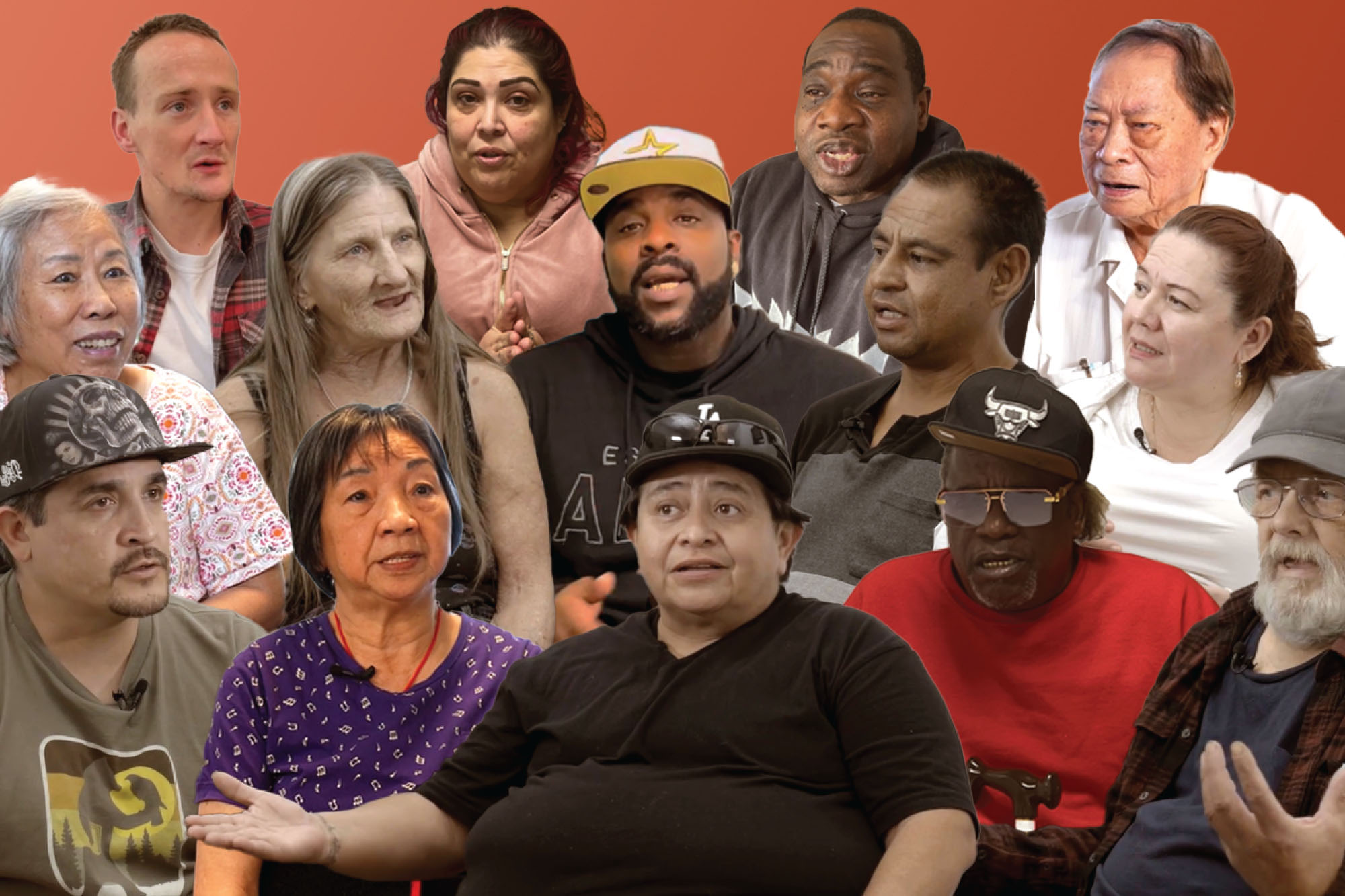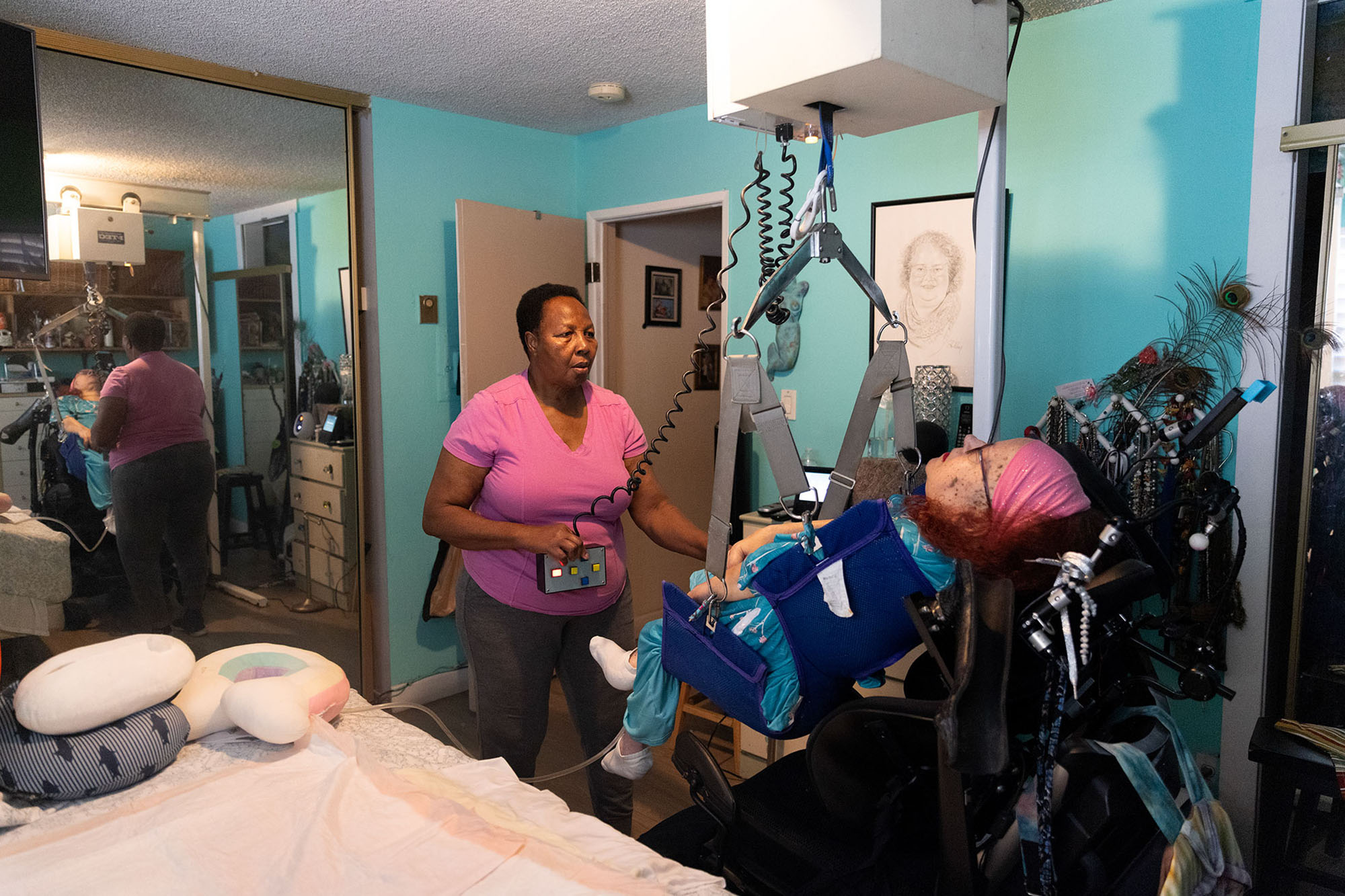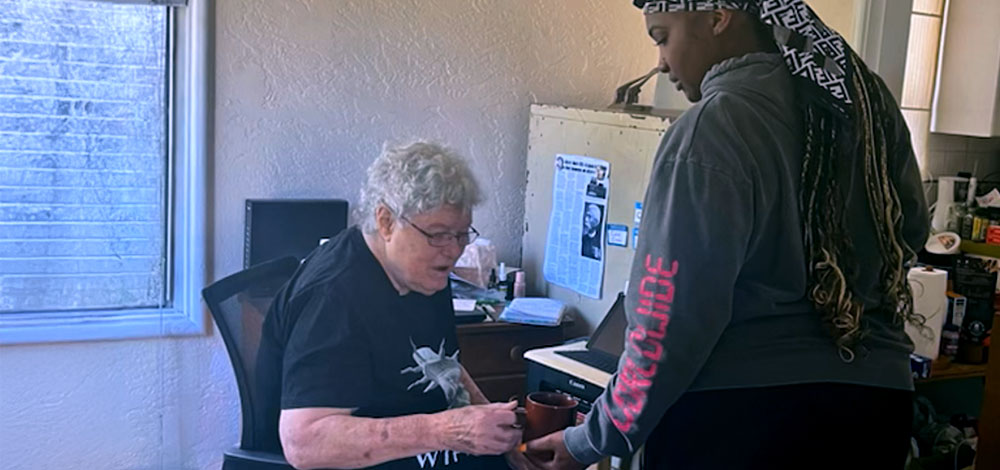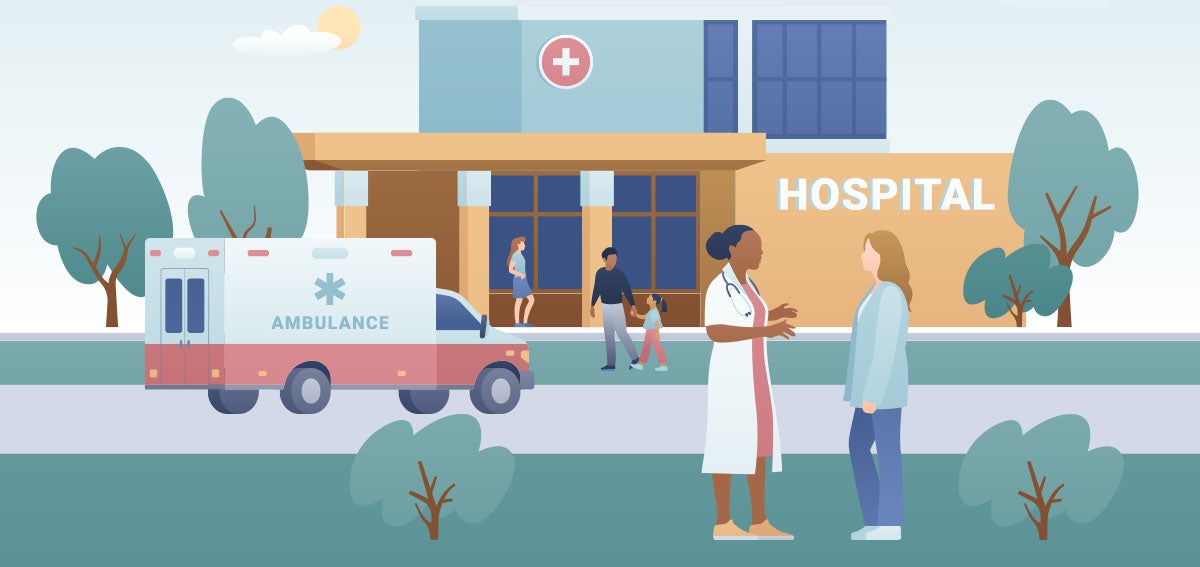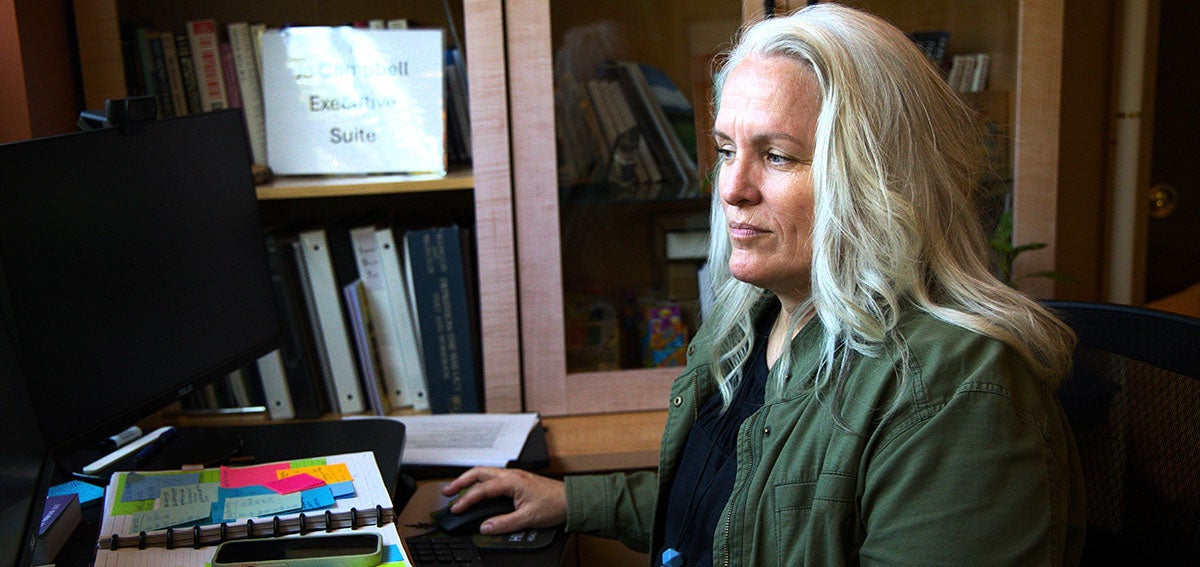Medi-Cal Explained
This issue brief is part of CHCF’s Medi-Cal Explained series. The series provides an overview of the program, including the people it serves, the services it provides, and how it is organized, managed, and financed.
Community health centers provide primary and preventive care to millions of Californians, especially those with low incomes.
Community health centers is a broad term referring to community-based health care organizations that deliver comprehensive and culturally competent primary and preventive care services to California’s medically underserved populations without regard to a patient’s ability to pay for care.
Federally Qualified Health Centers (FQHCs) are a specific type of community health center and are paid for the care they provide to Medi-Cal enrollees through prospective payment system reimbursement, a complicated structure governed by state and federal law.
This issue brief examines existing community health center and FQHC payment methods in Medi-Cal, including the prospective payment system. It also includes a high-level overview of alternative payment models — financial incentives for the provision of high-quality and/or cost-efficient care — as one strategy to help modernize the payment system for FQHCs. An appendix outlines an emerging Medi-Cal initiative known as FQHC APM 2.0.
This paper is a companion to a second CHCF publication, Medi-Cal Explained: What Are Alternative Payment Models?

